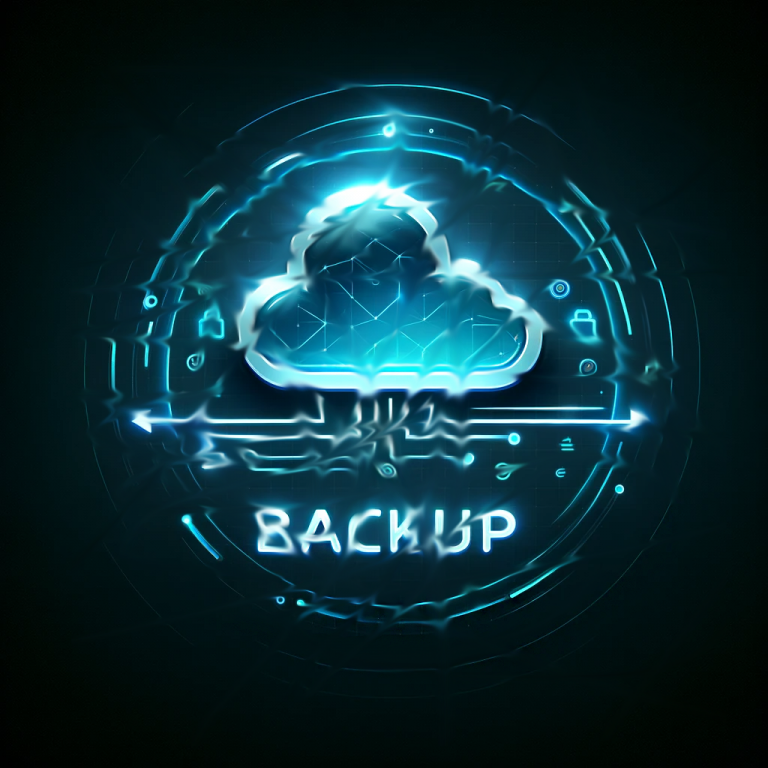Backup and Disaster Recovery

Backup and Disaster Recovery
(BDR) is a critical component of IT and data management that involves creating and implementing strategies to protect data, applications, and systems in the event of data loss or unexpected disasters
Backup and Disaster Recovery (BDR) isn't just about data; it's about the lifeline of your business, ensuring that even in the face of adversity, your resilience shines through.
Backup and Disaster Recovery are vital for protecting an organization's data assets, minimizing downtime, and ensuring business continuity in the face of unexpected events or data loss incidents. A well-planned and regularly tested BDR strategy can help organizations recover quickly and efficiently from disasters and disruptions.lets look Here's a brief description of Backup and Disaster Recovery:
Backup and Disaster Recovery: Key Aspects

- Backup: Backup refers to the process of regularly creating copies of data, applications, and configurations to ensure they can be restored in case of accidental data deletion, corruption, hardware failures, or other data loss scenarios. Backups are typically stored in secure and separate locations from the primary data source.
- Types of Backups: There are various types of backups, including full backups (copying all data), incremental backups (copying only changes since the last backup), and differential backups (copying changes since the last full backup). Organizations choose backup types based on their recovery time objectives (RTO) and recovery point objectives (RPO).
- Disaster Recovery (DR): Disaster recovery focuses on the broader aspect of business continuity and aims to ensure the rapid restoration of IT systems and services in the event of a major disaster, such as natural disasters, fires, cyberattacks, or extended downtime.
- Data Replication: To enhance disaster recovery capabilities, organizations often implement data replication, where data and systems are mirrored in real-time or near-real-time at geographically distant locations. This ensures data availability even if one location becomes unavailable.
- Recovery Point Objective (RPO): RPO defines the maximum acceptable data loss in the event of a disaster. It helps determine how frequently backups need to be created to meet recovery objectives.
- Recovery Time Objective (RTO): RTO is the maximum allowable time for the restoration of systems and services after a disaster. It guides the planning and implementation of disaster recovery procedures.
- Testing and Planning: Regular testing of backup and disaster recovery plans is essential to ensure that data and systems can be restored successfully when needed. This includes conducting drills and simulations of various disaster scenarios.
- Cloud-Based Solutions: Many organizations leverage cloud-based backup and disaster recovery solutions, allowing them to store backups off-site and access resources quickly in the cloud in case of a disaster.
- Business Continuity: Backup and disaster recovery are integral to a broader business continuity plan, which encompasses not only IT systems but also processes, people, and facilities to ensure that an organization can continue its critical operations during and after a disaster.
- Compliance: Certain industries and organizations must adhere to specific regulations regarding data retention and disaster recovery, making compliance an important consideration in BDR planning.
What is Backup and Disaster Recovery (BDR), and why does my business need it?
BDR is a strategy that involves creating backups of critical data and systems to ensure business continuity in case of data loss or disasters. Your business needs it to protect against unforeseen events, such as hardware failures, cyberattacks, or natural disasters, which could otherwise disrupt operations.
How often should I back up my data and systems with a BDR solution?
The frequency of backups depends on your Recovery Point Objective (RPO) – the maximum acceptable data loss. High-priority data may require frequent backups (e.g., hourly), while less critical data may be backed up daily or weekly. Your BDR strategy should align with your business needs.
What's the difference between backup and disaster recovery?
Backup is the process of copying data to a safe location, while disaster recovery encompasses the broader plan and processes to restore IT systems and services in case of a disaster. BDR combines both to ensure data is backed up and can be quickly recovered when needed.
How do I test my BDR plan to ensure it works in a real disaster scenario?
Regular testing and drills are essential. Schedule tests where you simulate different disaster scenarios and practice the recovery process. This helps identify any weaknesses in your BDR plan and ensures that you can recover data and systems effectively when it matters most.



